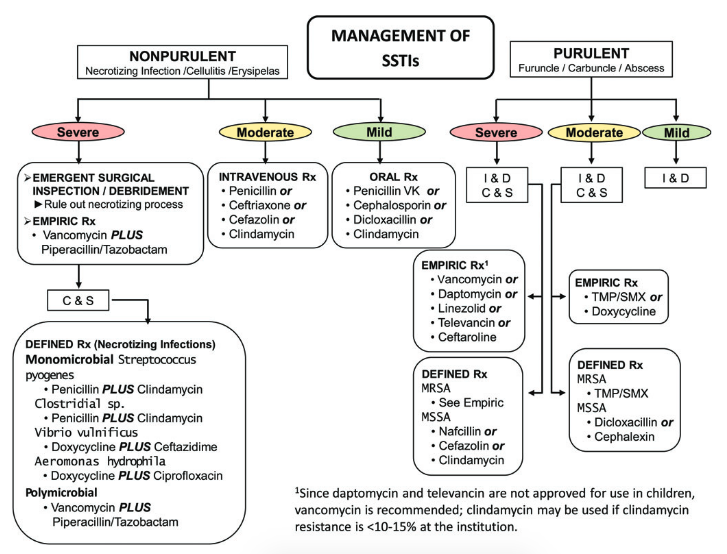Prescription drug prices are highly variable and out of control in the United States. Often times, we will find ourselves telling a patient they should see their PMD and take all their medications, or we’ll be prescribing a medication for a newly diagnosed chronic condition. Whether or not our patients follow our advice is dependent on dozens of socioeconomic factors, but one of those is the price of prescription medications.
I was curious about the prices our patients face for some of the common medications we often send them home with or expect them sometimes for the rest of their lives. Of course, insurance is a whole other issue, but these are just some of the upfront costs that particularly our most vulnerable and socioeconomically destitute patients may face:
*prices listed are the lowest price at a pharmacy within 5 miles of the hospital
Albuterol HFA inhaler, $22.14
Amlodipine 5mg, 30 tabs, $5.20
Amoxicillin 400mg/5mL, 100mL bottle, $9.45
Atorvastatin 10, 30 tabs, $6.27
Azithromycin 250, Z pack with 6 tablets, $9.49
Cephalexin 500mg, 30 tabs, $10.86
Ciprofloxacin 500mg, 20 tabs, $17.42
Clopidogrel 75mg, 30 tabs, $6.60
Doxycycline 100mg, 30 tabs, $19.46
Divalproex 500mg, 30 tabs, $14.41
Furosemide 40mg, 30 tabs, $5.10
Gabapentin 300mg, 30 tabs, $6.07
HCTZ 12.5, 30 tabs, $5.58
Ibuprofen 400mg, 30 tabs, $6.65
Levothyroxine 50mcg, 30 tabs, $10.72
Lisinopril 20mg, 30 tabs, $4.99
Metformin 500mg 30 tabs, $4.99
Nitrofurantoin 100mg, 14 tabs, $18.64
Omeprazole 20mg, 30 tabs, $7.47
Prednisone 10mg, 21 tabs, $14.29
Tamsulosin 0.4mg, 30 tabs, $7.77
Drug prices are extremely hard to track down. For instance, the NYS DOH website for searching drug prices hasn’t updated their list of prices for our MMC Pharmacy since 2013.
Our wonderful ED pharmacist Ankit Gohel also pointed out to me that you can look up the average wholesale price of any medication on uptodate in the ‘price’ section.
The Epocrates app will also list average retail prices.
Hope this can be some food for thought.
Source: www.communitycaresrx.com
https://apps.health.ny.gov/pdpw/SearchDrugs/Home.action

